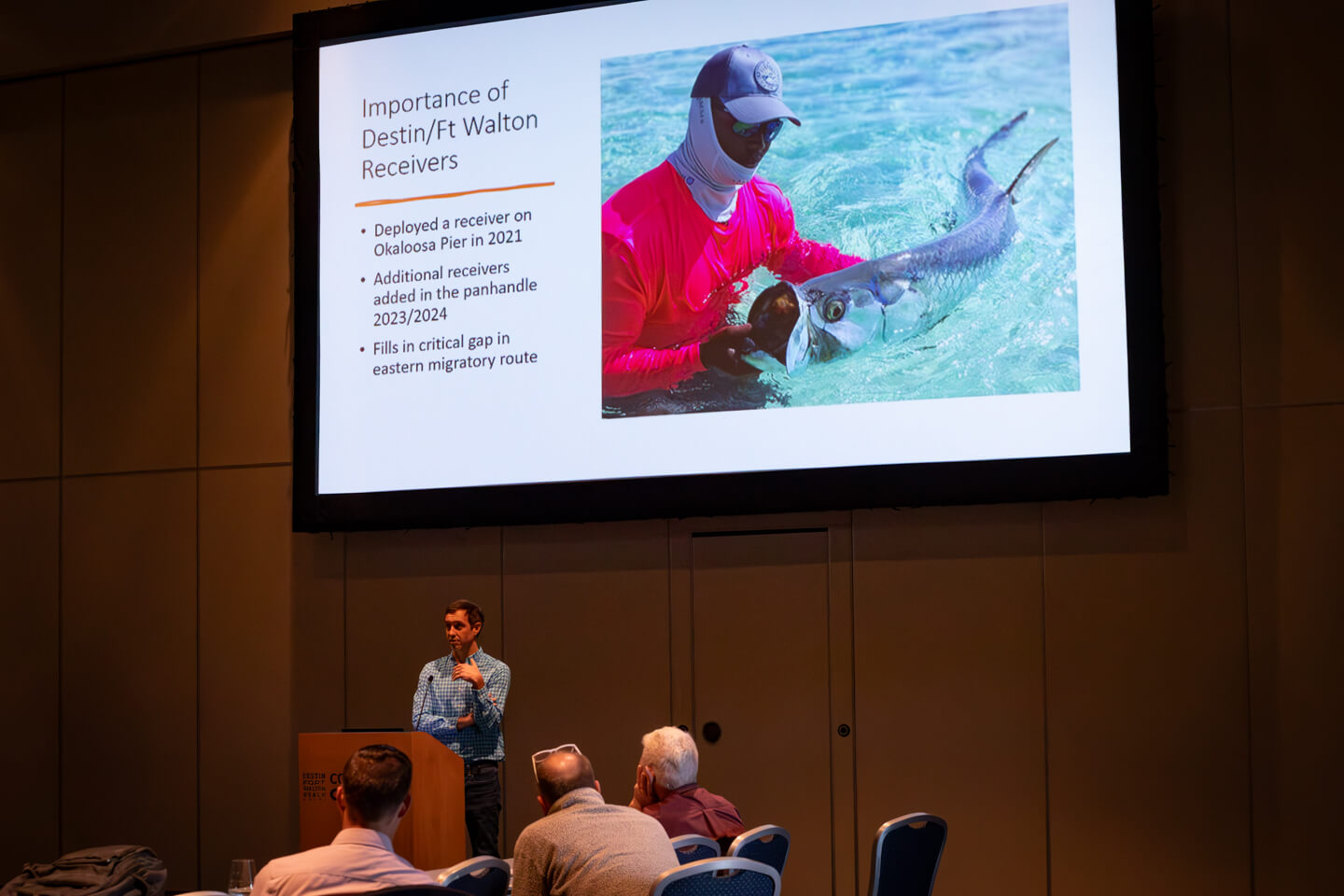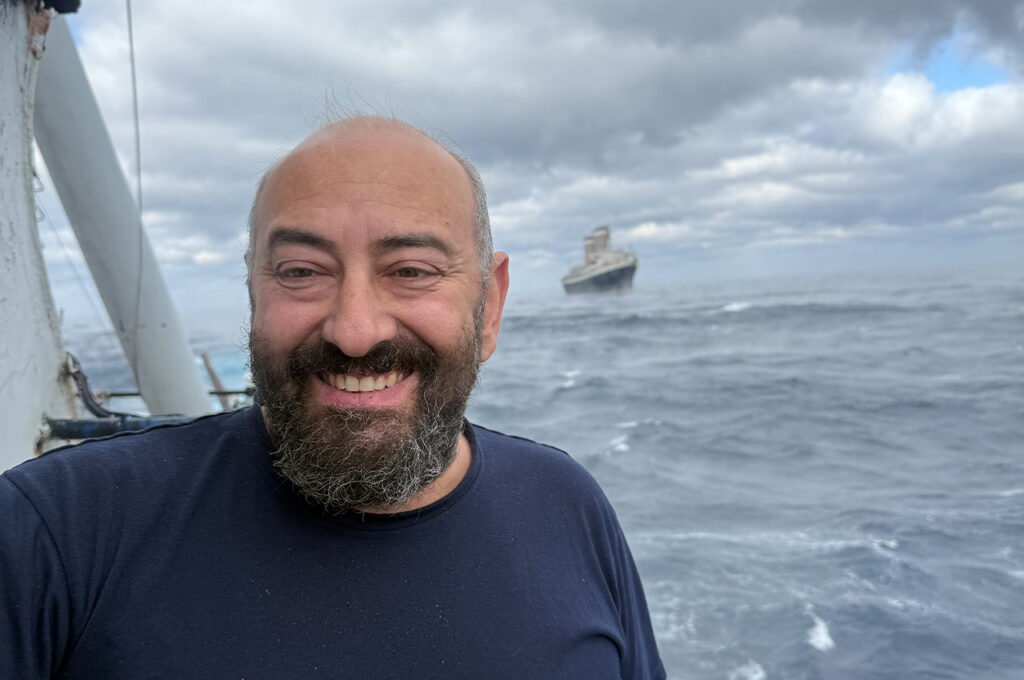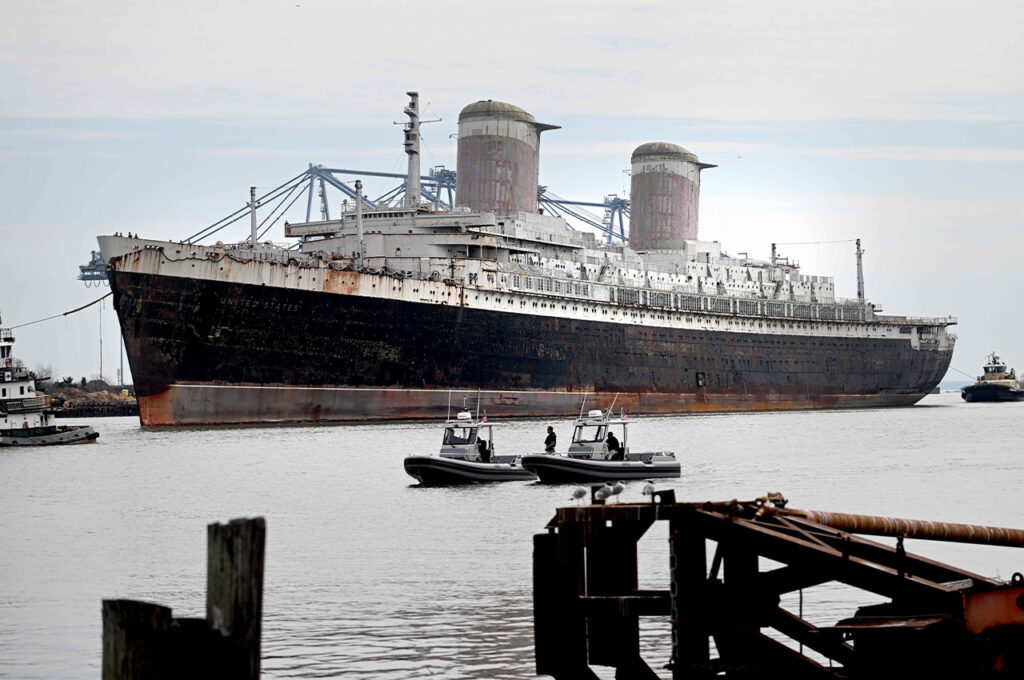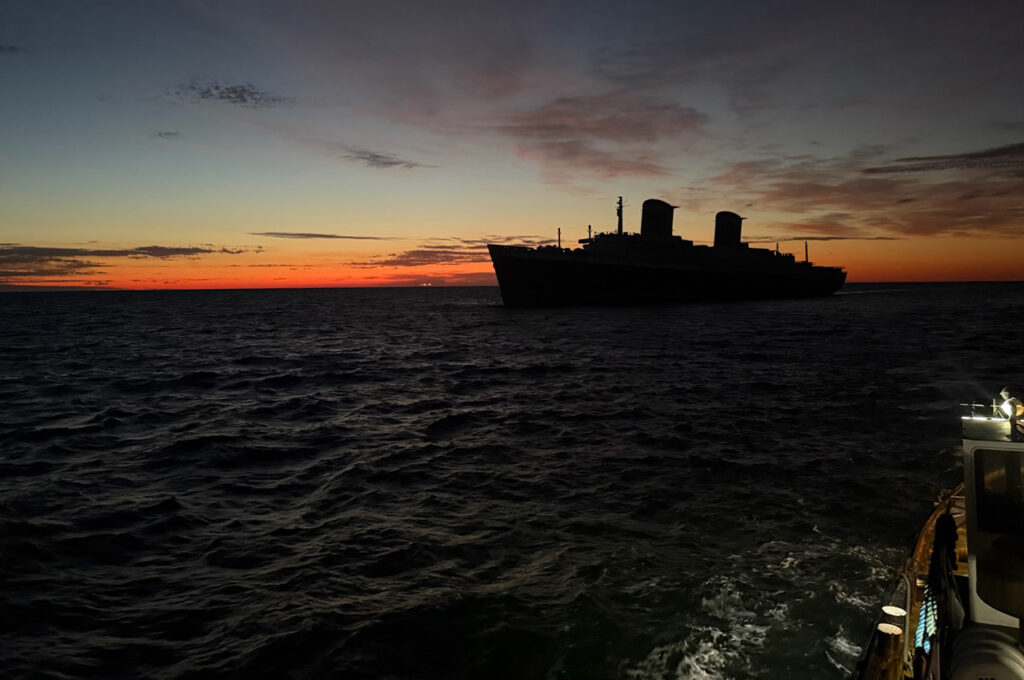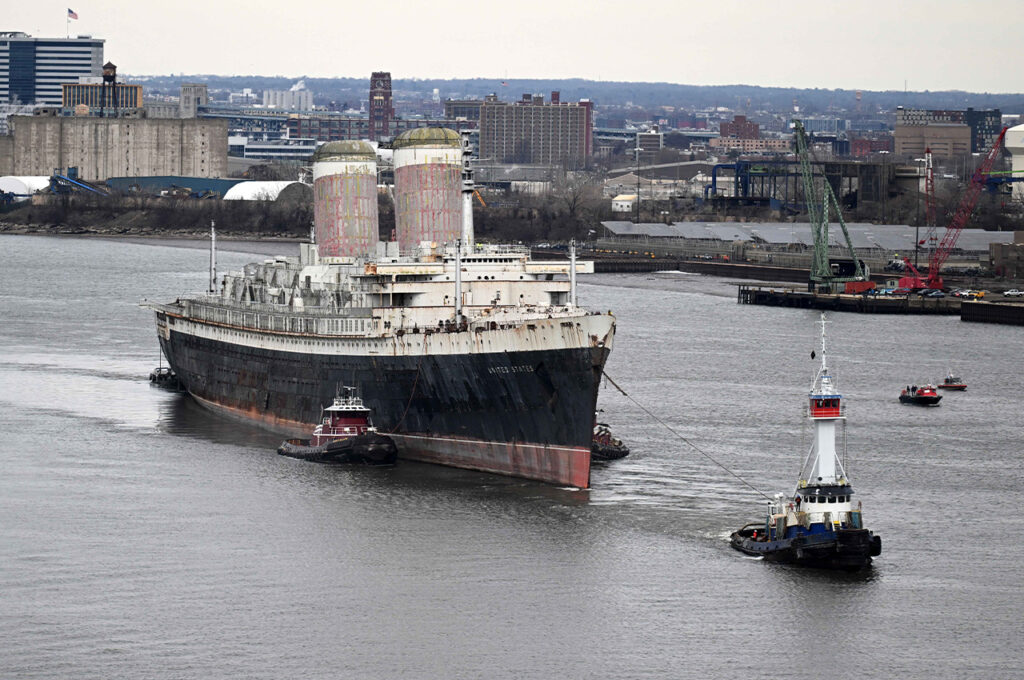The Okaloosa Coastal Resource Team held a marine biology tagging workshop last Wednesday at the Destin-Fort Walton Beach Convention Center focused on gathering information on the migratory patterns of various species found in the region.
- The three-hour, invitation-only workshop included 15-20 minute presentations from about a dozen national experts on current research initiatives involving acoustic telemetry and satellite tracking technology to study the seasonal movements of sea turtles, sharks, game fish and other marine life.
Facilitated by Coastal Resource Manager Alex Fogg, along with Coastal Resource Coordinators Jessica Valek and Mike Norberg, the workshop provided a unique opportunity for researchers to share findings, leverage existing infrastructure and strengthen collaborative efforts moving forward, Fogg said.
“We have been ramping up our collaborations with various research entities over the last four years and have been trying to encourage and support tagging and tracking studies happening in our area,” Fogg said. “It helps their research, puts our destination on the map in the research world and sets the stage for bigger, more coordinated projects down the road. It wasn’t until recently, by recommendation of Dr. Meg Lamont, that we explored who we were working with and saw the opportunity to get everyone together for a workshop.”
The diverse list of presentations showcased research on species ranging from sea turtles and pygmy devil rays to Gulf sturgeon and cobia. Discussions also focused on utilizing fishing piers and offshore fish aggregating devices (FADs) as research platforms to examine seasonal movement of species such as whale sharks, tiger sharks, tunas and other migratory species.
- “I was amazed to see the number of researchers we have worked with and how many different animals they are studying right here in our backyard,” Fogg said. “Just about every species we encounter, there is someone we know already working on it or interested in pilot projects here. We have both the offshore infrastructure and access to vessels and a robust fishing community to facilitate these activities.”
University and government researchers traveled from various parts of the Gulf region and East Coast to attend the workshop. Fogg said the ability to hold this type of summit will only strengthen existing partnerships and allow new collaborative efforts to take shape.
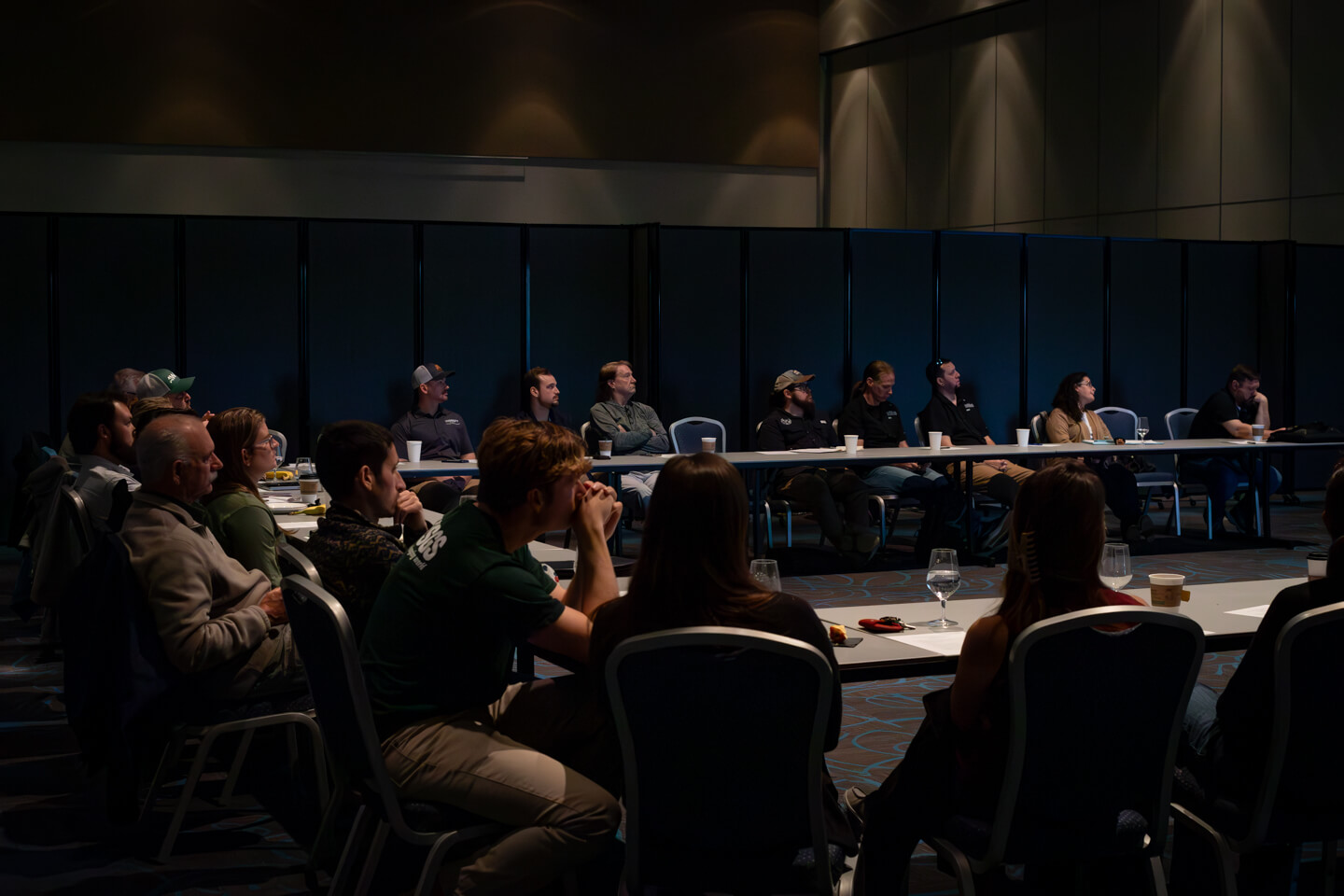
WORKSHOP INSIGHTS
The workshop began with introductions from Fogg before launching into 12 presentations on various research initiatives related to sea turtle monitoring, shark movement patterns and game fish migrations in the Gulf of Mexico. All of this work is associated with projects being conducted in the Destin-Fort Walton Beach area.
Sea Turtle Research
- Dr. Meg Lamont with the U.S. Geological Survey discussed efforts to monitor sea turtle interactions with nearshore recreational fishing piers in Northwest Florida.
- Dr. Christopher Sasso presented information on leatherback sea turtle movements and behavior during autumn and winter months in the eastern Gulf of Mexico based on satellite tracking data. The research aims to identify high use foraging areas and environmental factors influencing distribution and habitat use.
Shark Movements
- Dr. Eric Hoffmayer with NOAA Fisheries shared seasonal movement insights on whale sharks tagged in the northern Gulf of Mexico.
- Creed Branham discussed associations between tiger sharks and nearshore fishing piers.
- Dr. Kim Bassos-Hull presented initial acoustic telemetry findings on Atlantic pygmy devil rays in the Gulf of Mexico, focused on expanding limited information on movement ecology and behavior through collaborative receiver networks.
Game Fish Migrations
- Dr. Mike Dance covered both tarpon migration tracking in the region as well as offshore game fish interactions with fish aggregating devices in the open Gulf of Mexico.
- Joseph Alday outlined migratory behaviors of cobia in the eastern Gulf.
- Steve Vanderkooy discussed the initiation of acoustic tagging study on tripletail migrations in the Gulf of Mexico.
Gulf Sturgeon Movements
- Dr. Dewayne Fox presented updated information on Gulf sturgeon marine habitat use and distribution.
BUILDING COLLABORATIONS
The workshop concluded with an open discussion on developing strategic frameworks to strengthen productive research partnerships, enhance data sharing and pursue funding opportunities for high priority multi-institutional initiatives.
Fogg said the ability to gather this caliber of regional expertise under one roof opens the door for new project development by eliminating duplication of efforts and allowing researchers to divide responsibilities for maximum impact.
- “I don’t think anyone in that room is unwilling to collaborate or share data,” Fogg said. “It was more a matter of not knowing exactly who to connect with before. The workshop really helped open the door to take existing partnerships to another level.”
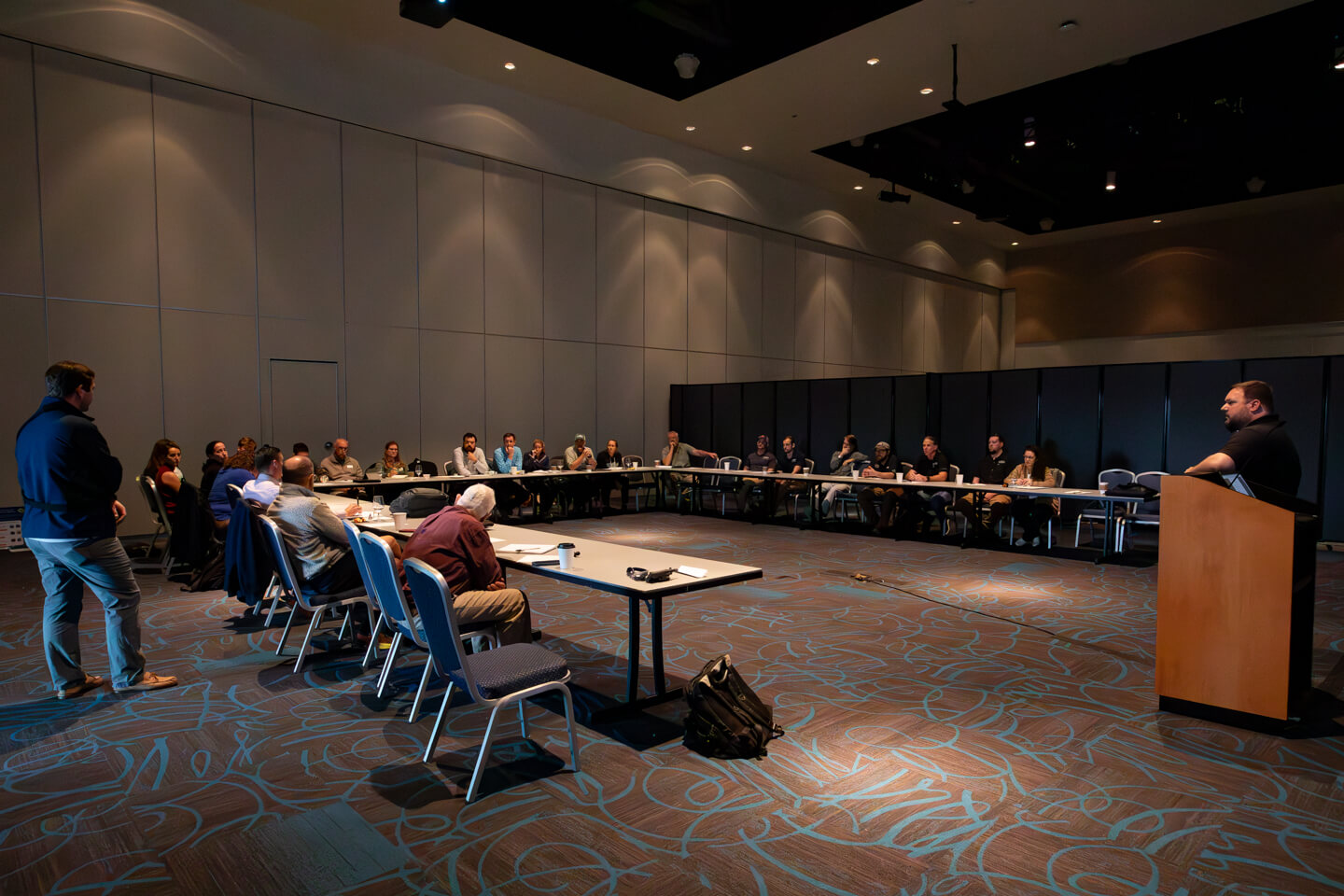
And while this workshop was closed to the general public, the Coastal Resource Team plans to build on workshop momentum by establishing an ongoing seminar series open to the public on various marine research topics as results develop.
“The public has been integral in making many of these projects in Destin-Fort Walton Beach successful. Helping with locating whale sharks for tagging last summer or even tagging the species of fish they are catching and releasing already,” Fogg said. “We want the public to understand the research happening here and see some of the results, so bringing researchers in for regular public lectures is the next step.”
He added that engaging local communities and visitors in the process is important as public involvement has already played a significant role in supporting field studies.
- “We want to invite researchers back over time to not only update locals but also educate visitors on all the incredible wildlife research and technology being utilized right here off our beaches,” Fogg said. “It’s amazing that this caliber of science is happening in Destin-Fort Walton Beach, driven by university and government researchers from Louisiana, Mississippi, Delaware, Texas and beyond.”

